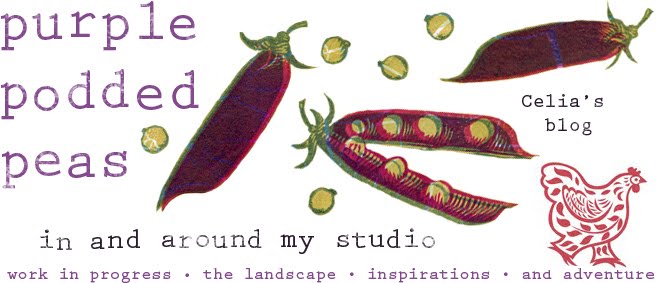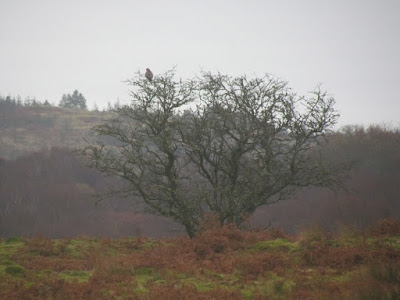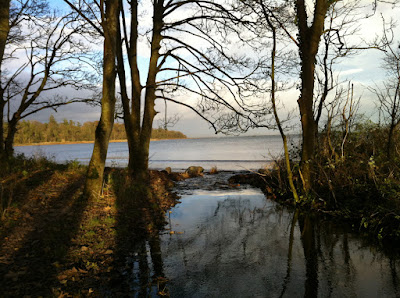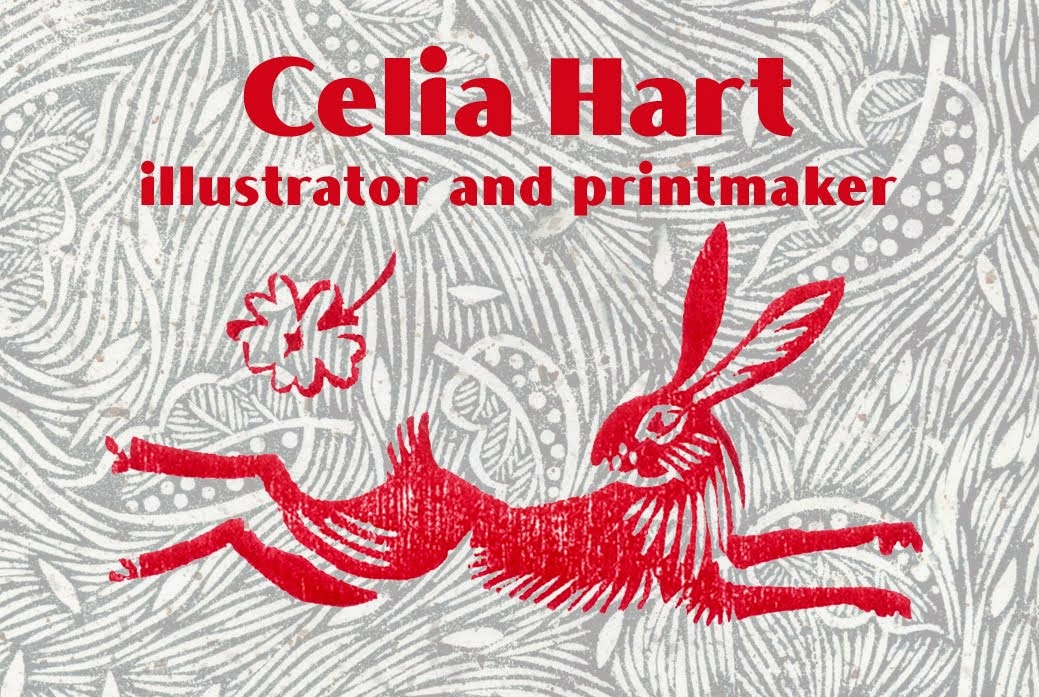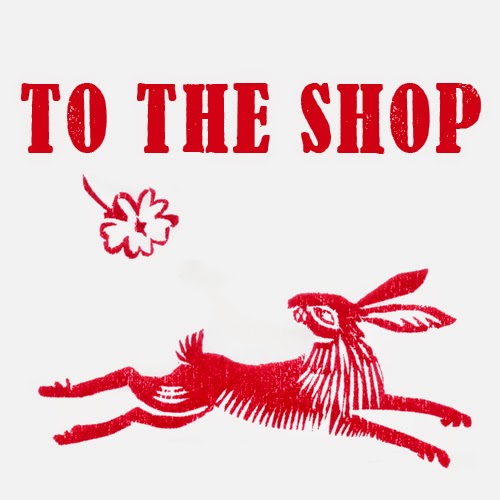a) . . . again
b) . . . here we go, here we go
c) . . . it's Christmas!
or . . .
Here we go round the mulberry bush
Which is what Cliff and I were doing at Ickworth Hall gardens in October.
All in the interest of research for my illustration for the 'Special' 13th issue of Gardens Illustrated magazine - which is on the news stands in the UK now, lovely gardening reading matter nestling twixt the December (Christmassy) issue and the January issue which kicks off 2016.
I remembered seeing a Mulberry tree somewhere in the Italianate garden near Ickworth's famous rotunda, when we attended a summer evening outdoor performance of Round the World in 80 Days. It took a few circuits of the garden but in the end we spotted 2 small Mulberry trees with leaves turning to golden yellow.
On the shady side of one tree the leaves were still fresh and green and we found fruits!
It's always good to see plants growing rather than working solely from photos . . . back in the studio I made careful sketches
And then started to think about how to illustrate Frank Ronan's pen-portrait of the Black Mulberry and its juicy purple fruits.
I wanted to include some of the historical and culinary references – blended together on a 17th century tin-glazed platter with a slice of mulberry pie and a silver spoon.
Here's the finished linocut, printed in a deep purple, alongside the illustration on the final page of the magazine.
Going back to the nursery rhyme . . .
Here in a 1951 book 'Fiddle-de-dee an other Gay Way rhymes' illustrated by Jennetta Vise.
One possible origin of the rhyme is from Wakefield women's prison where the prisoners exercise yard had a mulberry tree in the centre. There's no need to clap your hands or stamp your feet to warm yourself this December, the seasons seem to have forgotten to 'do' Winter! Spring bulbs are growing, some daffodils are even in flower, and garden birds are behaving as if they are thinking of building nests!
Hold on . . . the coldest weeks here on the corner of Suffolk/Cambridgeshire/Essex is usually late January and early February so cold and frosty mornings might be around the corner.
And finally . . .
Over on Instagram I'm posting an Advent diary of random thoughts leading up to Christmas.
Wishing you a happy and peaceful Christmas
Celia
xx
